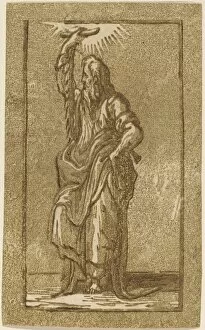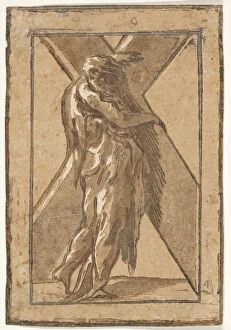Trento Antonio Da Collection
Antonio da Trento, a renowned artist of the first half of the 16th century, left an indelible mark on the art world with his exquisite creations
All Professionally Made to Order for Quick Shipping
Antonio da Trento, a renowned artist of the first half of the 16th century, left an indelible mark on the art world with his exquisite creations. One such masterpiece is "Saint Cecilia, " a captivating portrayal that captures the essence of this revered saint. With meticulous attention to detail, da Trento brings Saint Cecilia to life, showcasing her devotion and musical prowess. In another compelling work titled "The Martyrdom of Two Saints, " da Trento showcases his ability to evoke emotion through art. The painting depicts two saints facing their ultimate sacrifice with unwavering faith and courage. Da Trento's masterful brushstrokes convey both the physical torment endured by these martyrs and their spiritual triumph over adversity. "The Virgin with the Rose" is yet another testament to Antonio da Trento's artistic brilliance. This enchanting piece portrays Mary cradling baby Jesus while holding a delicate rose in her hand—a symbol of purity and love. Through skillful use of light and shadow, da Trento creates a serene atmosphere that invites viewers into this sacred moment. Da Trento's talent for capturing religious themes extends further in "The Holy Family with Two Saints. " This composition presents Joseph, Mary, and baby Jesus surrounded by two saints who offer protection and guidance. The artist's attention to detail shines through as he meticulously renders each figure with reverence and grace. Among his many works depicting individual saints are "Saint Simon" and "Saint Andrew standing in profile holding a large cross. " These pieces highlight da Trento's ability to capture not only physical likeness but also the inner spirituality of these holy figures. In addition to religious subjects, Antonio da Trento explored other themes as well. In "Man seated viewed from behind (Narcissus), " he delves into Greek mythology by portraying Narcissus lost in self-contemplation—an introspective piece that prompts viewers to reflect on vanity and self-absorption.











